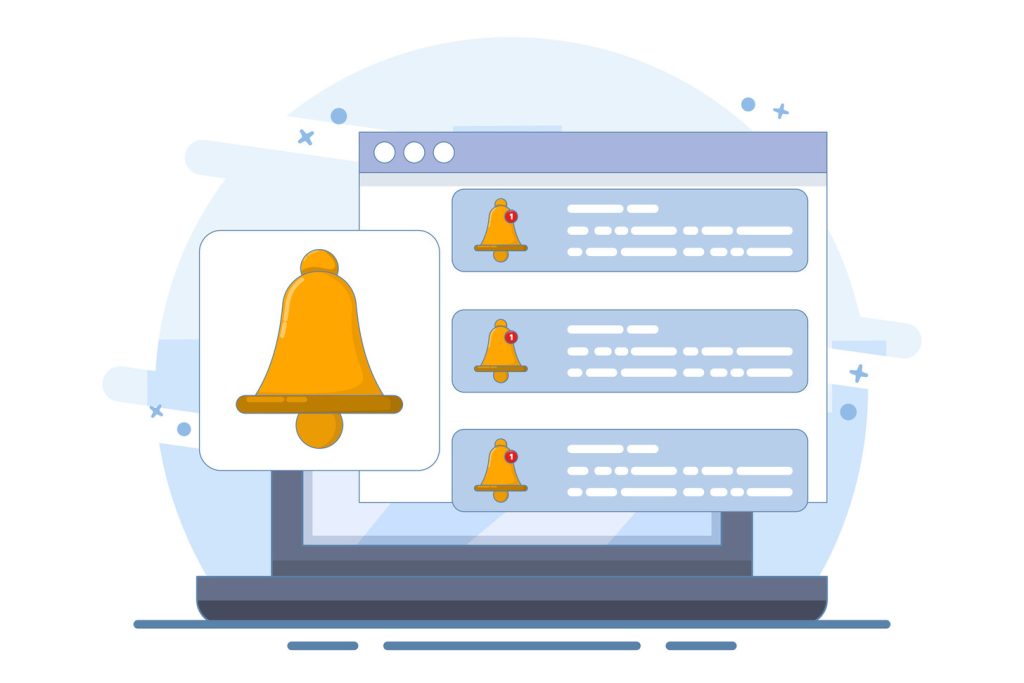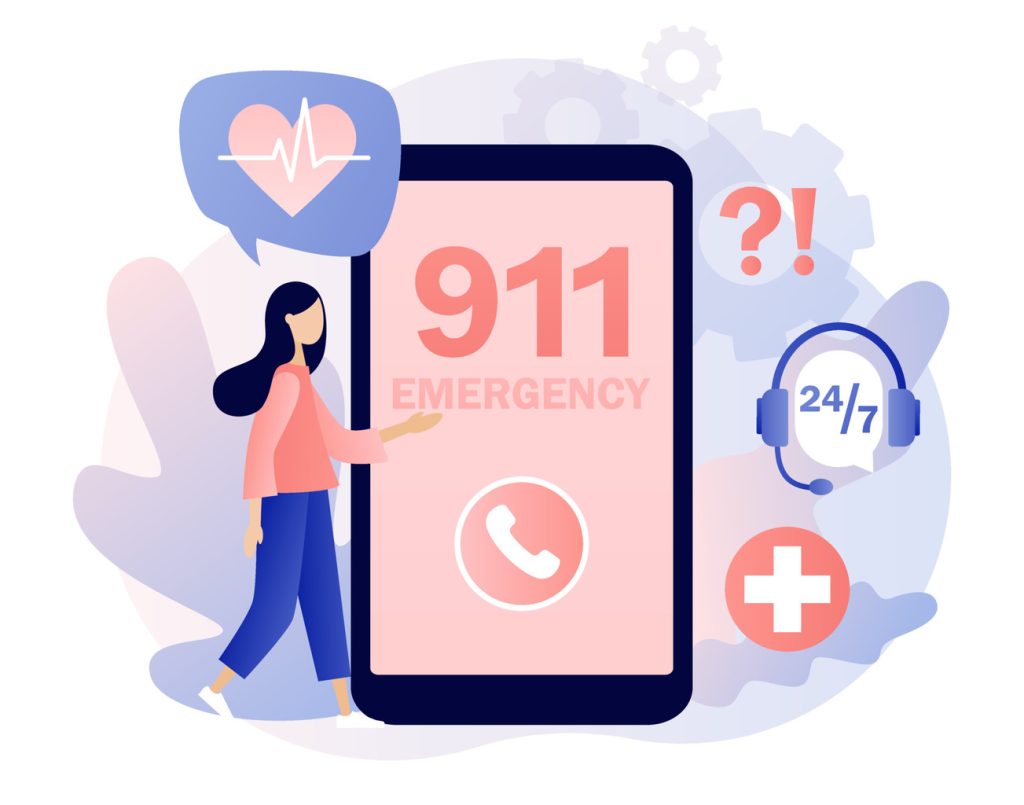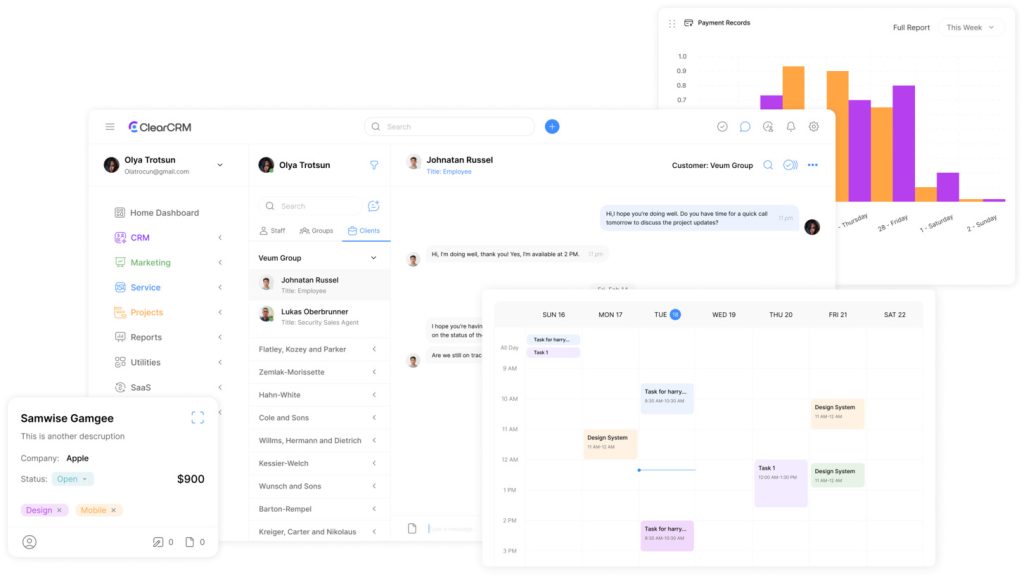Notification And Alert Systems for Efficient Management

Effective coordination during emergencies separates functional organizations from truly resilient ones. Local governments and businesses face mounting pressure to deliver timely information across diverse populations while maintaining operational continuity. Scalable communication tools bridge this gap by enabling rapid responses during crises and fostering community trust through routine updates.
Platforms like CivicPlus demonstrate how technology transforms public outreach. Their solutions support over 10,000 municipalities in delivering weather warnings, safety directives, and service changes through unified interfaces. Multi-channel distribution ensures messages reach residents via SMS, email, or mobile apps — critical when seconds count.
These platforms tackle three core challenges: fragmented audience reach, slow crisis response, and language barriers. Automated translation features break communication silos, while pre-built templates allow staff to launch alerts in just two clicks. Real-time tracking provides accountability, showing exactly when critical updates reach at-risk groups.
Beyond emergencies, modern tools simplify daily operations. Parks departments share event cancellations, utilities notify residents about outages, and schools broadcast closures — all through centralized dashboards. Mobile access empowers administrators to manage situations remotely, maintaining service quality even during unexpected disruptions.
Key Takeaways
- Multi-channel delivery increases emergency message visibility across devices
- Pre-approved templates reduce response times during urgent scenarios
- Scalable solutions adapt to organizations of varying sizes and budgets
- Automated translation removes language barriers in diverse communities
- Mobile integration enables real-time alerts from any location
Understanding Notification And Alert Systems
Timely communication platforms serve as vital lifelines connecting authorities with communities during emergencies. These solutions empower organizations to maintain operational continuity while addressing diverse population needs through coordinated outreach.
Essential Components and Operations
A mass notification system functions as a multi-channel broadcast tool. Authorized personnel create concise updates using pre-approved templates, then select recipient groups based on location, role, or risk factors. Messages deploy simultaneously across SMS, email, and mobile apps within seconds.
Advanced platforms track delivery success rates in real time. Administrators see which contacts received critical information, enabling targeted follow-ups for unconfirmed recipients. Two-way features let people confirm safety status or request assistance directly through reply options.
Broadcast Scope and Priority Levels
While all emergency alert tools handle crises, their applications vary significantly. Routine communication about infrastructure changes or event cancellations uses standard priority settings. Immediate threat scenarios activate urgent protocols that override device silent modes.
Geo-targeting ensures relevant messages reach specific neighborhoods during localized incidents. This precision prevents unnecessary alerts to unaffected areas while accelerating response times where needed most. Health departments used this approach effectively during vaccine rollout campaigns, directing residents to nearest available clinics.
Core Features of Mass Notification Systems

Modern organizations require communication tools that adapt instantly to both routine operations and crisis scenarios. Robust platforms combine precision targeting with rapid deployment, ensuring critical messages reach intended audiences without delay. This functionality proves vital when coordinating responses to wildfires or updating communities about power outages.
Advanced Messaging Capabilities
Leading notification software handles diverse scenarios through layered communication strategies. Pre-built templates let teams issue tornado warnings or evacuation orders in under 30 seconds. Real-time delivery mechanisms push updates across SMS, mobile apps, and digital signage simultaneously.
| Scenario | Channels Activated | Average Delivery Time |
|---|---|---|
| Active Shooter | SMS, App Alerts, PA Systems | 8 seconds |
| Utility Outage | Email, Social Media, Web | 12 seconds |
| Health Advisory | Multilingual SMS, Email | 15 seconds |
“The difference between chaos and coordinated response often hinges on pre-configured communication pathways.”
Multilingual and Template Options
Language barriers dissolve with auto-translation across 63 languages – a critical feature for schools serving immigrant populations or cities with diverse demographics. Event-specific templates maintain consistency during floods or chemical spills, reducing human error when stress levels peak.
Administrators appreciate how the software integrates with existing infrastructure. Police departments sync CAD systems to trigger automatic alerts during 911 calls, while hospitals connect patient databases to notify staff about bed availability.
Real-Time Emergency Alerts and Crisis Management

Dynamic crisis resolution now relies on instantaneous data exchange between authorities and communities. Modern platforms transform passive emergency alert delivery into active collaboration, enabling faster decision-making during critical events. This shift empowers organizations to address threats with surgical precision while maintaining public trust.
Rapid Communication Channels
The FCC’s multichannel framework combines traditional broadcasts with digital pathways. Radio, television, and wireless devices work alongside mobile apps and social media to blanket regions with urgent updates. Redundancy ensures messages penetrate areas with spotty connectivity during disasters.
| Incident Type | Communication Channels | Response Features |
|---|---|---|
| Severe Weather | Wireless alerts, Radio | Location-based targeting |
| Public Safety | Mobile apps, Digital signage | Two-way feedback loops |
| Infrastructure Failure | Email, Social media | Automated status updates |
Geo-Polling and Two-Way Communication
Interactive platforms let emergency managers request live updates from crisis zones. Residents can submit photos or videos through secure portals, giving responders eyes on unfolding situations. Two-way communication tools also enable instant safety confirmations during evacuations.
First responders use geo-polling to map resource needs in real time. A flooded neighborhood might trigger automated check-ins via SMS, while fire departments request crowd-sourced intel about escape routes. This bidirectional flow turns civilians into active participants in emergency response efforts.
“Real-time data transforms theoretical preparedness into actionable intelligence during life-threatening scenarios.”
Notification And Alert Systems: Features and Advantages
Modern notification system designs unify physical infrastructure with digital channels to maximize reach. By connecting to building speakers, strobe lights, and digital displays, these solutions create layered warning environments. During evacuations, flashing lights guide occupants while mobile devices receive exit route updates simultaneously.
Multi-channel delivery proves critical when seconds matter. A hospital might blast intercom alerts while sending SMS directions to staff smartphones. This redundancy ensures safety instructions penetrate noisy areas or device-free zones. Schools use similar strategies during lockdowns, activating classroom PA systems alongside parent email blasts.
“Unified networks turn scattered devices into coherent response tools – that’s where true preparedness lives.”
Scalability remains a key advantage for growing organizations. Small towns start with basic SMS emergency broadcasts, then add social media integration as budgets allow. Enterprise platforms support custom triggers – factories might connect fire sensors directly to evacuation alerts.
Accessibility features address diverse population needs. Visual warnings assist hearing-impaired individuals, while translated texts serve non-English speakers. These inclusive communications help communities respond cohesively during crises.
Automated distribution slashes response times during critical events. Pre-configured templates let staff launch campus-wide emergency protocols in under 15 seconds. Integration with security cameras and access controls enables context-aware messaging – a breached door might trigger localized lockdown alerts. These capabilities not only enhance safety but also streamline communication across departments, ensuring that every team member is informed and ready to act. By utilizing the best CRM for security services, organizations can further optimize their response strategies, allowing for real-time updates and efficient resource allocation. This holistic approach fosters a secure environment while minimizing potential risks.
Integrating Multichannel Communication Strategies

Unified outreach across platforms transforms scattered messages into cohesive action plans. Organizations achieve maximum impact when combining traditional and digital pathways, ensuring critical updates penetrate every layer of their audience. This approach mirrors the FCC’s Emergency Alert System model, prioritizing redundancy across voice calls, emails, and social platforms.
Seamless Software and Device Integration
Modern mass notification software merges with existing infrastructure to amplify reach without overhaul costs. Hospitals connect patient databases to bed availability alerts, while schools sync with classroom PA systems. Retail chains use this method to coordinate safety protocols across locations through CRM platforms tailored for media organizations. Moreover, this integration enables organizations to streamline communication effectively, ensuring rapid dissemination of critical information. For businesses seeking an economical solution, adopting a free crm system for businesses can enhance coordination and management of notifications. This not only reduces operational costs but also fosters a proactive approach to handling emergencies across various sectors.
Device compatibility ensures warnings reach smartphones, digital signage, and specialized equipment simultaneously. During power outages, smart buildings activate strobe lights while pushing SMS updates – a dual-channel strategy that covers both stationary and mobile users.
“True preparedness emerges when every screen, speaker, and sensor becomes part of the communication ecosystem.”
Automated failover mechanisms maintain message delivery during network failures. If primary email servers crash, systems reroute alerts to mobile apps and VoIP lines. This redundancy proves vital for utilities notifying customers about service disruptions or safety inspections.
Integration simplifies staff training through familiar interfaces. Police departments access emergency protocols directly from CAD systems, while HR teams trigger weather advisories through existing employee portals. This seamless blending of new tools with legacy software drives faster adoption rates across organizations.
Leveraging Automated Alerts for Efficiency
Operational resilience increasingly depends on anticipatory communication strategies. CivicPlus platforms demonstrate this through automated workflows that sync with National Weather Service data streams. Administrators configure rules to trigger text messages or app push notifications when specific thresholds occur – like tornado warnings or flood risks.
Scheduled Notifications and Updates
Pre-programmed broadcasts eliminate manual processes during critical moments. Municipalities set recurring weather advisories or infrastructure updates months in advance. This approach ensures timely delivery of hurricane preparedness tips or road closure details without last-minute scrambling.
Integration with NWS APIs enables real-time response to developing threats. When lightning strikes within 10 miles of a school zone, connected automated alerts instantly warn staff and parents via SMS. Geographic targeting prevents irrelevant messages to unaffected neighborhoods.
Reducing Administrative Burden
Customizable preferences let residents choose which emergency types they receive and through which channels. A retiree might opt for severe weather texts, while a commuter selects transit delay emails. This self-service model cuts support requests by 43% in some jurisdictions.
“Automation transforms reactive teams into proactive guardians of community safety.”
Pre-built templates slash message creation time during crises. Fire departments deploy evacuation orders in 12 seconds using saved protocols, while utilities activate outage updates through IoT sensor integrations. Staff focus shifts from manual coordination to strategic response.
Enhancing Public Safety Through Two-Way Communication

Interactive tools transform emergency management by closing critical feedback loops. Modern platforms empower people to share real-time updates during crises, creating collaborative networks between responders and communities. This dynamic exchange accelerates life-saving decisions when situations escalate.
Empowering Communities With Responsive Tools
Mobile panic buttons demonstrate this shift. A single smartphone tap sends precise location data to first responders, bypassing time-consuming 911 calls. Text-from-911 features prove equally vital, enabling silent distress messages during hostage scenarios or medical emergencies.
Emergency managers leverage photo/video submissions to map disaster zones in minutes. Firefighters adjust evacuation routes using crowd-sourced roadblock reports, while hospitals triage patients based on injury severity photos. This two-way communication turns bystanders into active response partners.
Automated check-ins during floods or wildfires provide continuous safety status updates. Systems ping affected residents hourly, with non-responses triggering welfare checks. Schools use similar protocols to confirm student safety during lockdown drills.
These innovations address diverse accessibility needs. Voice-to-text converters assist hearing-impaired individuals, while multilingual interfaces break language barriers. Unified platforms ensure information flows both ways – a necessity for building trust in high-stakes situations.

